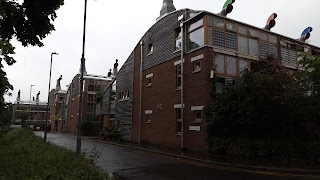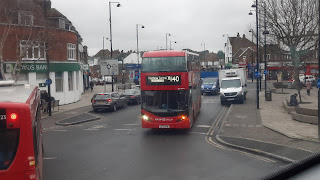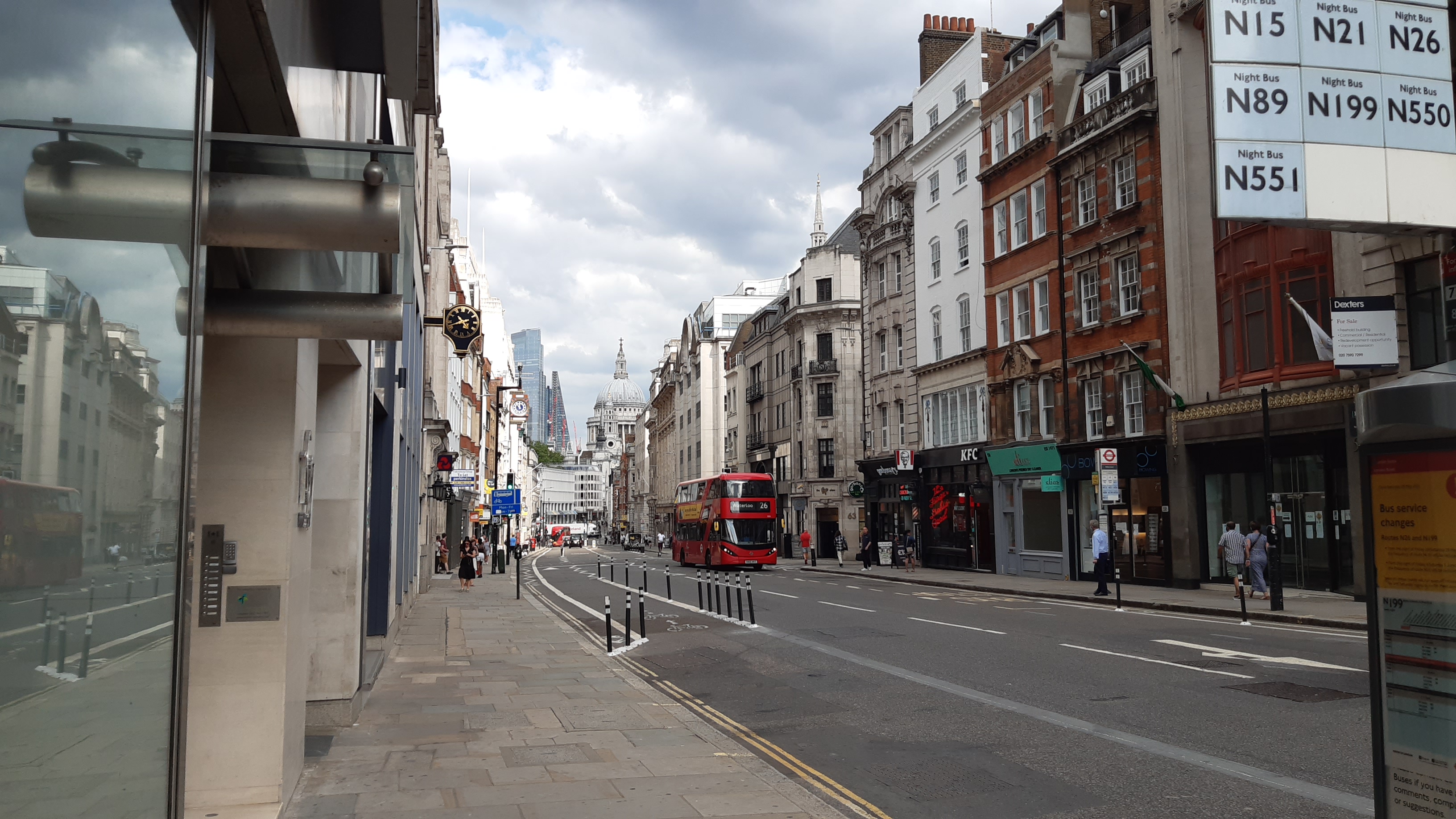BedZED

Beddington Zero (fossil) Energy Development, opened in 2002, was the first large scale development of its kind in the UK. The mixed-use sustainable community prides itself on being extremely environmentally friendly, with buildings designed and constructed to reduce energy consumption as much as possible. This means the area has various built-in enhancements to reduce carbon usage.
Location
BedZED is located in Hackbridge, South London (near Beddington) and is surrounded by unremarkable housing. Whilst it is only a few hundred metres from Hackbridge station the local connections at BedZED make it difficult to get anywhere without a car. This creates an issue for residents as there are deliberately fewer parking spaces available than in a normal development.

The Development
The BedZED estate contains a few blocks of terraced houses surrounded by a relatively narrow perimeter road. Every house in BedZED has a south facing garden which maximises the amount of direct sunlight every day. This means that, along with the large windows, less heating is needed because of the power of the sun.
The Wind Catchers

If you happen to pass BedZED the most obvious sign that it is not any regular cluster of housing are the multicoloured cowls. These use the wind (there’s a lot of wind in the UK) to provide natural ventilation to the houses. The cowls also provide heating as outgoing warm stale air can transfer its heat, using a heat exchanger, to the incoming fresh air. This is very sustainable as much less energy and fuel is used which reduces the carbon footprint of the residents.
BedZED Today
It has been almost 20 years since BedZED first opened and I can confirm that it is still alive and at least some people live there. But BedZED is from the early 2000s and it definitely looks that way; it is slowly decaying with there being little life and little amounts of new innovation.

When BedZED was opened it won numerous design awards and was seen as the blueprint if you wanted to construct environmentally friendly housing. But now BedZED is unnoticed and unremarkable with the only real reason people know about it (not many people know about BedZED, being a niche estate in the relatively unknown green housing market) is from being a GCSE Geography case study. This means that swathes of England know random, but probably true, facts about BedZED. With some examples, taken from Wikipedia, being that there are; 777 square metres of solar panels, 88% less energy needed for heating, and 57% less hot water consumption.
Because BedZED is used as a geography case study it has garnered some very interesting reviews on Google from students. Most of these 1 star reviews make reference to the alleged rat infestation, about why GCSE Geography was a bad subject to do at GCSE, or the “chickens” on the roof that were painted many colours and are apparently abused. The rats are not just limited to an infestation but are thought to be cooked and eaten by the residents.



Comments
Post a Comment